White Stain vs White Paint: Which Option is Better?
White stain and white paint are excellent contenders in enhancing wooden surfaces. Between white stain vs. white paint, while the stain will help bring out the wood grain and retain its vintage look, the paint ... Read more The post White Stain vs White Paint: Which Option is Better? appeared first on Arthitectural.
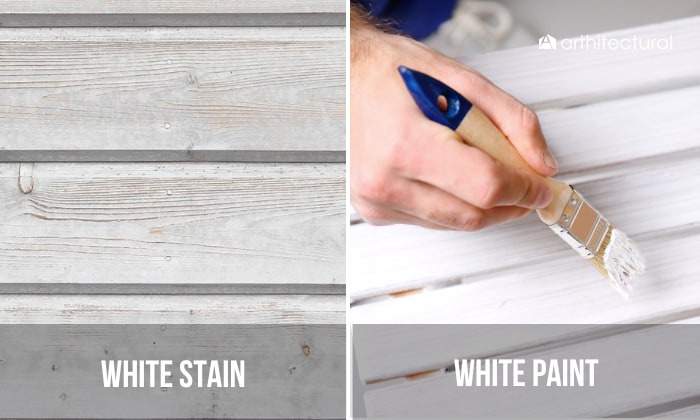

White stain and white paint are excellent contenders in enhancing wooden surfaces.
Between white stain vs. white paint, while the stain will help bring out the wood grain and retain its vintage look, the paint will perfectly cover the grain and ensure a smooth surface.
This article provides an in-depth analysis of stain versus paint. It seeks to explore their characteristics, differences, pros, and cons and ultimately determine which option is better suited for various projects.
Here are the common differences between these two:
| COMPARISON | White Stain | White Paint |
| Wood Appearance | Enhanced | Hidden |
| Durability | Moderately Durable | Highly Durable |
| Opacity | Transparent/Translucent | Opaque |
| Preparation | Easy | Hard |
| Maintenance | Frequent Maintenance | Less Maintenance |
| Life Span | Long | Longer |
| Price | Affordable | Expensive |
Overview
Stain and paint are coats that achieve a clean and bright appearance on wood surfaces.
1. White Stain
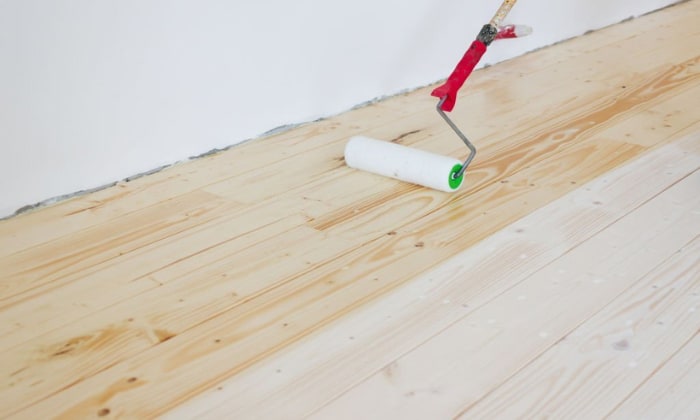
This semi-transparent or solid finish enhances the inherent charm of the wood grain, allowing its natural beauty to shine through.
It highlights the overall look and maintains the authentic view when applied to wooden furniture and various home improvement projects.
When utilized on fences and decks, the exterior white stain generates an intact texture that elevates their genuine charm.
2. White Paint

On the other hand, when white paint is used, it transforms the surface into a sleek and formidable shield. Hence, the before and after appearances are totally different from each other. This transformative layer conceals the wood’s natural grain and leaves no clue as to the type of wood used.
Differences Between White Paint Vs. White Stain
To better understand white stain and white paint, let’s take a closer look at each option and identify their differences:
1. Wood Appearance
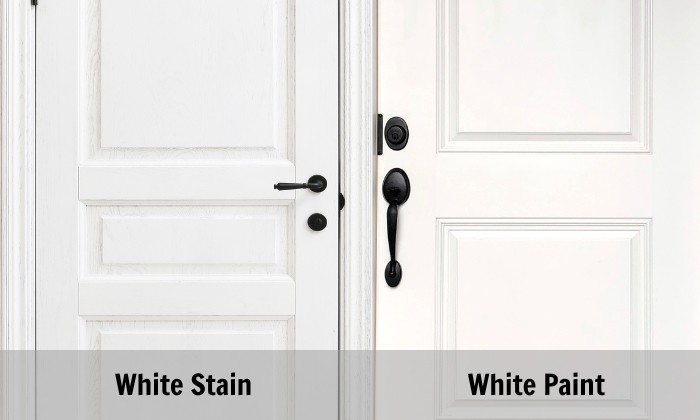
When the white stain is used on different surfaces, it yields the following results:
- White stain on pine enhances its natural warmth and highlights its unique grain patterns.
- On oak, white stain adds an antique touch, giving an aged appearance to furniture or other wooden items.
- White floor stain can revitalize hardwood floors, giving them a fresh and modern feel.
- For cabinets, white stain offers a sophisticated look that complements various kitchen styles.
Compared to the white stain, white paint offers the following features when used on different wood surfaces:
- A clean and contemporary look that suits modern interior design.
- White paint applied on furniture creates a crisp and timeless appearance.
- For cabinets, white paint provides a sleek and seamless finish that complements any kitchen decor.
- When used on exterior surfaces, white paint offers high durability and longevity against weathering.
2. Durability
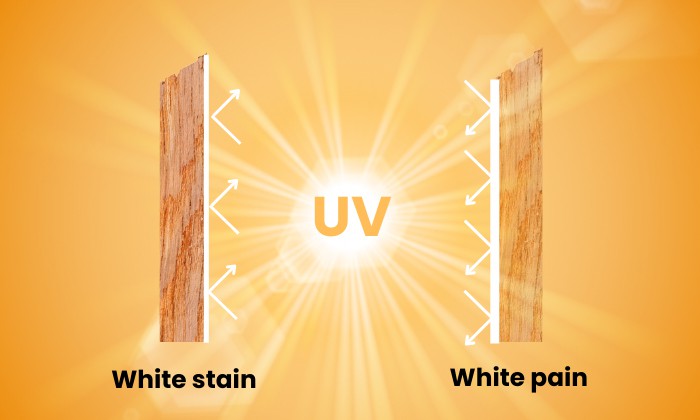
White stain offers moderate durability. It tends to penetrate into the wood, protecting against moisture and UV rays.
White paint provides a highly durable finish that forms a protective barrier on wood surfaces, offering superior resistance against wear and tear.
White paint would provide better protection for high-traffic areas like kitchen cabinets or a white deck, where frequent cleaning and exposure to moisture are expected.
3. Opacity
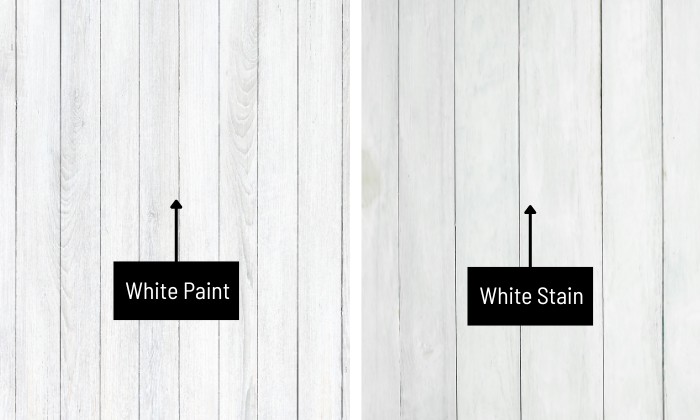
The white stain’s most noticeable feature is its translucent nature, which allows the wood’s intrinsic hue to influence the outcome. The level of translucency can be adjusted depending on the number of coats applied.
White paint, on the other hand, offers superb opacity, effectively concealing the underlying surface with no visibility of the wood’s natural color or grain.
4. Preparation
When finishing preparations, opting for a white stain is a superior choice. Not only is it exceptionally user-friendly, but it also eliminates the need for numerous preparatory steps that are typically required when using white paint.
5. Maintenance

Deciding whether to use white deck stain versus paint for exterior decks and fences leads to greater maintenance. It involves periodic reapplication to maintain its color and protection. It may require cleaning and light sanding before re-staining.
Meanwhile, white paint generally requires less maintenance. Regular cleaning and occasional touch-ups may be necessary to address any chipping or wear.
6. Lifespan
White stain provides satisfactory longevity, and white paint can withstand the test of time. When applied on exterior wood decks, it can last for a year or two. Meanwhile, interior white stains can last more than 2 years and up to 5 years with good care.
White paint lasts longer because it forms a strong coating that can resist environmental elements without needing frequent maintenance or reapplication. It would last for about 5 – 7 years.
Over time, the white stain may fade or wear away, while white paint remains vibrant and intact. Hence, if you want a durable and long-lasting solution for your exterior fence or deck, white paint is definitely the way to go.
7. Price
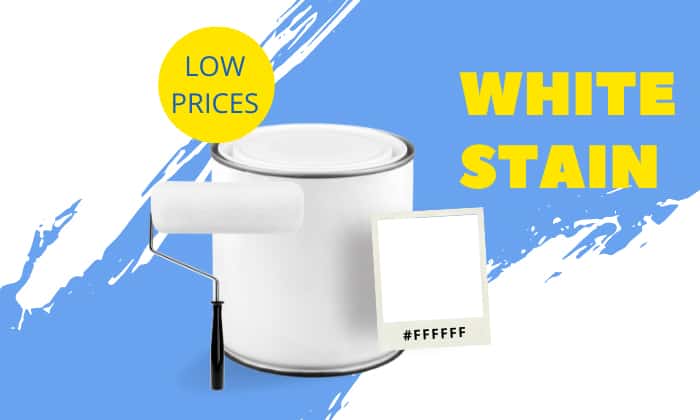
Using white stain is a cost-effective option for enhancing the natural beauty of the wood. Its lower material cost and simpler application process make it affordable. When on a tight budget, this can be a viable option to take.
8. Pros and Cons
White Stain
- Enhances and highlights the wood grain
- Provides a more rustic appearance.
- Allows for easy touch-ups and refinishing
- More affordable than white paint.
- May require more frequent maintenance and reapplication.
- Offers less coverage compared to white paint.
- Limited opacity
- May not completely cover imperfections.
- Cannot fill in cracks
White Paint
- Creates a solid, opaque finish without any visibility of wood grain.
- Provides complete coverage and uniform finish
- Hides flaws
- Requires less maintenance
- Protects against UV rays and moisture
- Hides the natural beauty of the wood grain.
- Difficult to touch up or refinish without repainting the entire surface
- More expensive compared to white stain.
Which Option is Better?
The decision between white stain and white paint relies on multiple factors that impact the unique needs of your project.
Personal preference, desired visual outcome, project requirements, and budget considerations all play a role in making this choice.
To provide you with an understanding, here are some examples where each option would be an excellent selection:
1. Desired Aesthetic
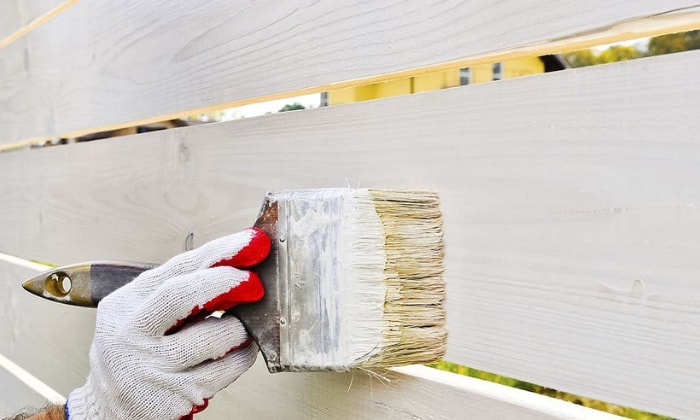
The white stain will be a better choice if you prefer a more natural look that showcases the wood’s grain patterns.
However, white paint is the way to go if you seek a solid, seamless appearance without any visible grain.
Furthermore, if you wish to accentuate the exquisite craftsmanship of a newly crafted furniture piece, opting for a white stain is an ideal option. Moreover, when applied to aged furniture, it enhances its antique beauty and preserves the beautiful traces of time.
Some more examples of projects where each option would be a good choice are:
White Stain
-
- Refinishing an old oak table to give it an antique appearance.
- Transforming pine furniture into rustic pieces with a touch of warmth.
- Enhancing the natural grain of oak cabinets while providing a light-colored finish.
White Paint
-
- Creating a modern and seamless look for kitchen cabinets.
- Giving new life to worn-out pine floors with a clean and contemporary appearance.
- Protecting exterior surfaces like fences or decks with a durable and long-lasting finish.
2. Surface Application
For outdoor projects like fences or decks where durability is crucial, white paint offers superior protection against weathering. On the other hand, both options can be suitable for interior applications like furniture or cabinets depending on your desired style.
3. Periodic Maintenance
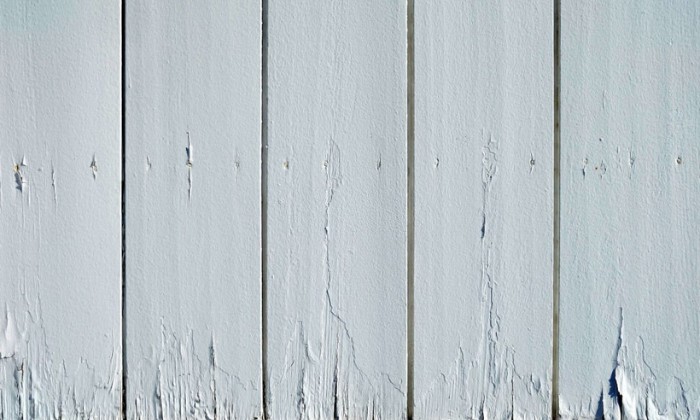
Consider your willingness and ability to perform periodic maintenance. White paint might be a better option if you prefer less frequent touch-ups due to its longer-lasting finish.
In addition, white stains experience fewer problems with peeling and cracking. However, it is worth noting that white paint is more susceptible to such issues.
Conclusion
When enhancing the beauty of your wooden surfaces, you have two incredible options: the translucent elegance of white stain or the solid coverage of white paint. Both white stain vs white paint choices transform your surfaces into captivating focal points.
White stain brings out the natural beauty of the wood and adds a touch of antiquity to its appearance. On the other hand, white paint provides a durable, solid coverage that guarantees long-lasting results.
Always test the chosen product on a small, inconspicuous area before applying it to the entire surface to ensure desired results.
The post White Stain vs White Paint: Which Option is Better? appeared first on Arthitectural.
